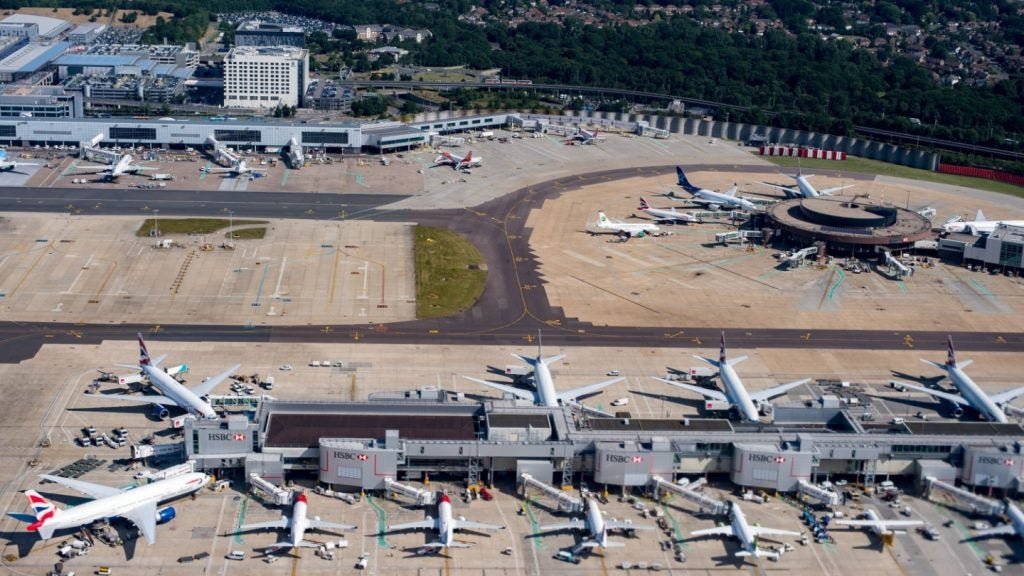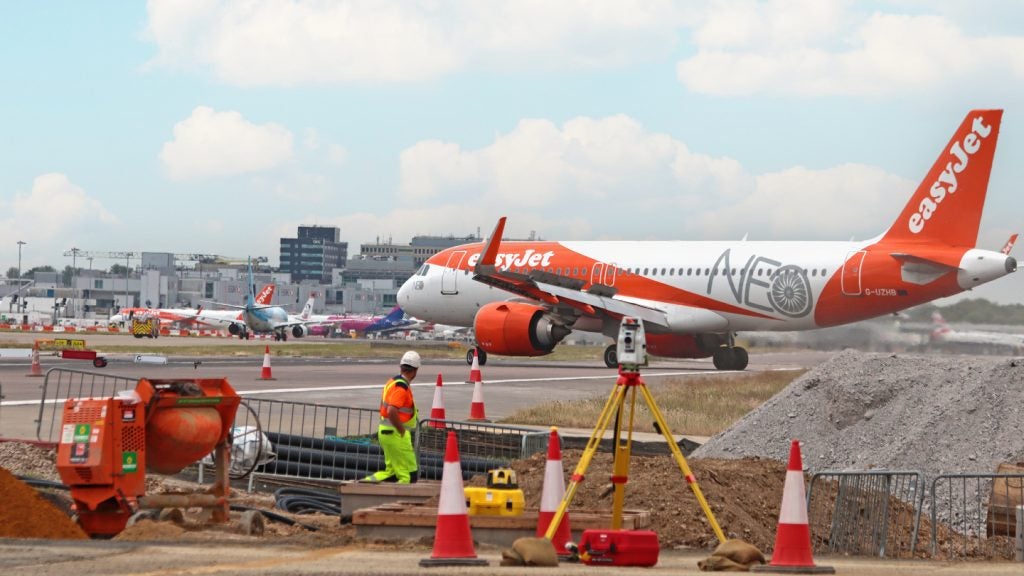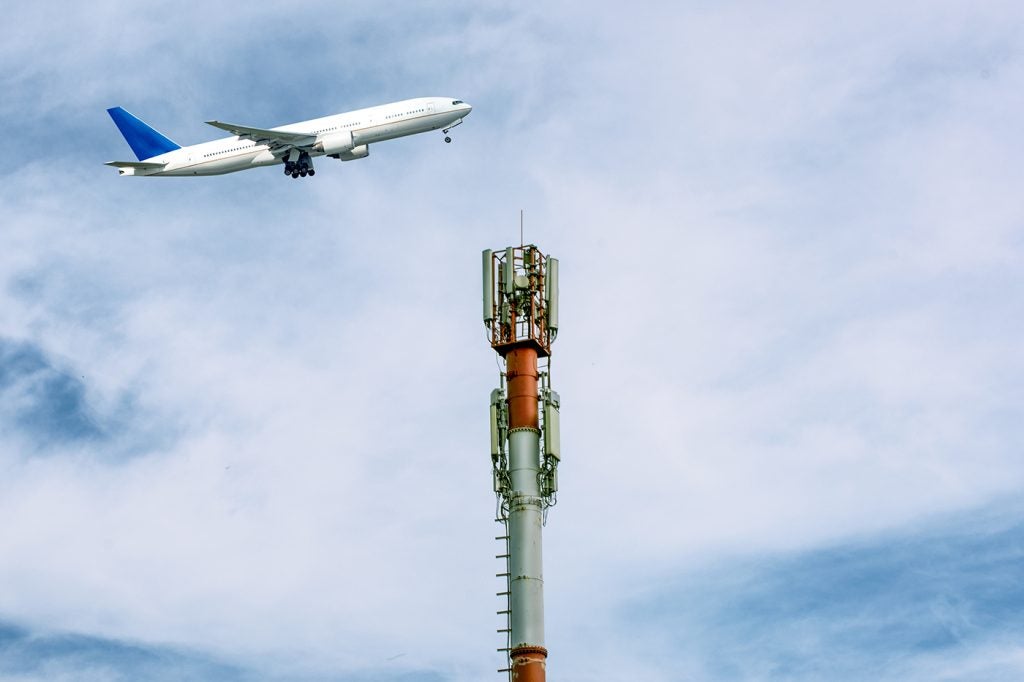

This year is a big one for Gatwick Airport. Never mind the ongoing debate about airport expansion, that’s for another day. With or without another runway, the airport is witnessing growth.
It is estimated that 41 million passengers will travel through the airport’s facilities this year, continuing a UK-wide trend. In 2015 the industry witnessed its busiest ever summer period; a 5.5% increase from the previous year. The Civil Aviation Authority’s analysis states that “all passenger markets have grown… with European destinations seeing a 6.4% rise, domestic markets up 5.7% and rest of the world markets up 1.4%”.
Technology for ‘what if’ analysis
This is forcing airport bosses to sit down and take stock. Being able to forecast how busy the airport is likely to be, and therefore make decisions based on that forecast, is now high on the agenda.
Enter Anaplan, which describes itself as a “cloud company”. Gatwick has joined forces with the company to, as David Harpur, Gatwick’s head of sales and operations planning at Gatwick, said in April, “run intricate scenarios in a matter of seconds.”
See Also:
The key here is “matter of seconds”. Gone are the days when decisions had to be taken based on static data. Look around the industry and it’s apparent that this phenomenon is taking hold.
How well do you really know your competitors?
Access the most comprehensive Company Profiles on the market, powered by GlobalData. Save hours of research. Gain competitive edge.

Thank you!
Your download email will arrive shortly
Not ready to buy yet? Download a free sample
We are confident about the unique quality of our Company Profiles. However, we want you to make the most beneficial decision for your business, so we offer a free sample that you can download by submitting the below form
By GlobalDataOne example is weather. A programme, developed by NASA and used by American Airlines, analyses current weather conditions and a flight's trajectory, and plans re-routing where necessary. Look at Helsinki Airport, where location-based technology is used to study how passengers move through the airport and develop personalised services such as indoor navigation. It is, however, also useful for predicting crowding and managing – sometimes at the micro-level – capacity ‘hot spots’.
In a blog post from 2014, Lockheed Martin’s transport division described this new wave as “taking long-range forecast growth figures … and modelling that data against existing passenger figures”, to then “identify when specific resources will reach a critical limit”.
It is a ‘what if’ form of decision making. And it can work both ways. Forecasting numbers at a high level for Gatwick bosses but also drilling down to match the changing patterns of passenger behaviour. Ian Stone, managing director for Anaplan’s UK & Ireland division, explains more.
Gary Peters: Ian, how does Anaplan’s forecasting technology work?
Ian Stone: Our technology gives businesses the potential to run intricate scenarios in a matter of seconds, synchronising different business units to co-ordinate their operations. The platform collects data from a range of sources from around the business, which can be accessed on a single hub and used to simulate future situations.
GP: Looking at Gatwick, why is this type of forecasting necessary?
IS: Global travel is a dynamic and complex industry in which forecasting has rapidly risen to the top of the agenda to model and optimise processes efficiently. By using forecasting technology, teams across airport and airline businesses now have access to one source of passenger information and the ability to simulate multiple future scenarios, giving greater speed and accuracy to airport operations.
For example, Gatwick is using Anaplan’s forecasting technology to predict and optimise complex demand planning on a daily, weekly, monthly, and annual basis.
By having that one source of passenger information in a centralised hub, major airports have the ability to run scenario simulations, tailor budgets and implement long-term planning to stay ahead of the game.
GP: How does better forecasting benefit passengers?
IS: Airports and airlines are now also under pressure to deliver impeccable customer service, made more complicated by the rapid growth of the global travel scene.
Gatwick Airport for example, has experienced 36 months of consecutive growth in passenger numbers, demonstrating the logistical pressure on today’s airports.
Through modelling elements of airport operations such as taxi times, airports can change when and where they direct planes, see which routes and schedules work best and avoid delays, improving the customer experience and even pollution levels.
If airports are to take advantage of the rapidly growing revenue share associated with increasing global traffic, passengers need to enjoy their experience and be given a reason to come back.
GP: So, how do you tap into this passenger data and information that airports hold?
IS: Airports hold significant amounts of data which can be used to inform future planning. Specifically, forecasts are informed by historic passenger data provided by airlines and new airline routes. Adjustments are then required to ensure that like-for-like historic data is used, accounting for elements such as flight changes and variances in holiday periods, primarily Easter.
GP: The collaboration with Gatwick is relatively new – but how has the partnership progressed so far?
IS: The partnership is going very well. In Gatwick, we have found a partner that shares our ambition for growth.
GP: How important is it for airports to be able to simulate scenarios in real-time, as you mentioned earlier?
IS: Consumer preferences are difficult to keep up with at the best of times and air travel is no different, with travel habits impacted by weather, currency changes and a range of other socio-economic factors.
Fluctuating exchange rates also influence whether consumers decide to travel, meaning airports have to constantly juggle schedules to keep network capacity in step with changes in demand, calling for speed and agility in spotting emerging trends.
Given these permutations, it is vital that airports are able to quickly forecast intricate scenarios involving the billions of combinations of passenger and flight data they collect, in order to appropriately prepare for whatever comes their way.







